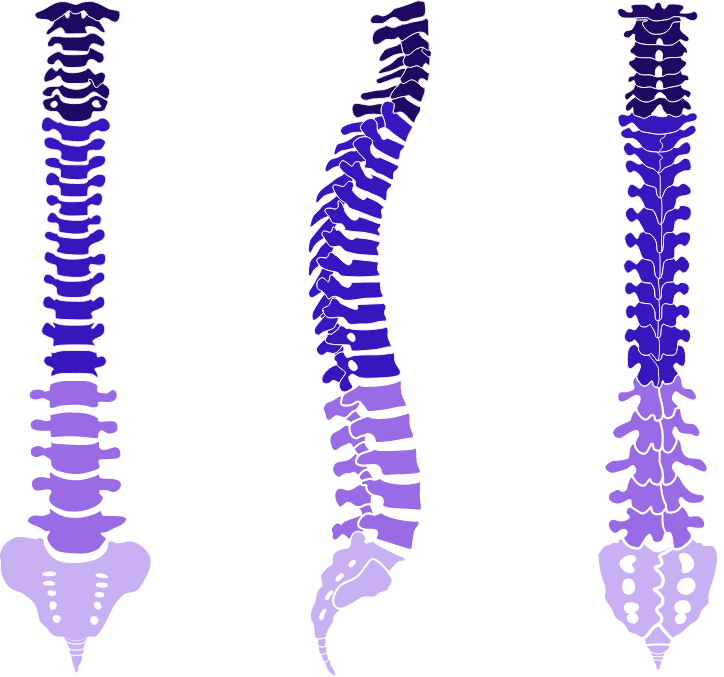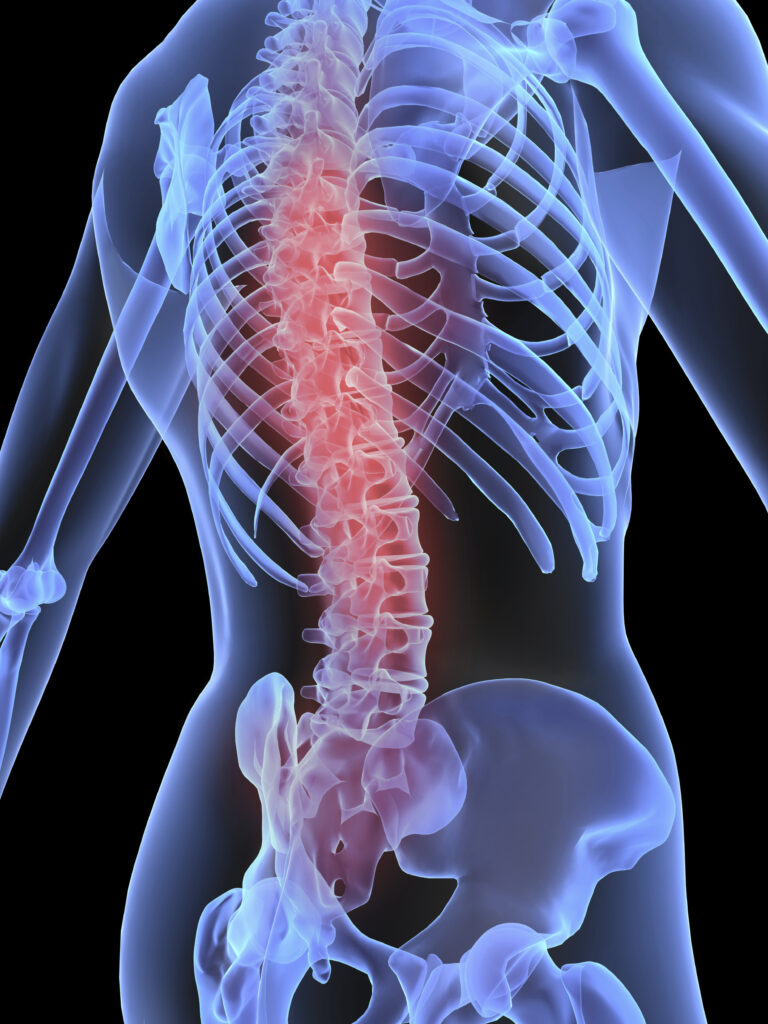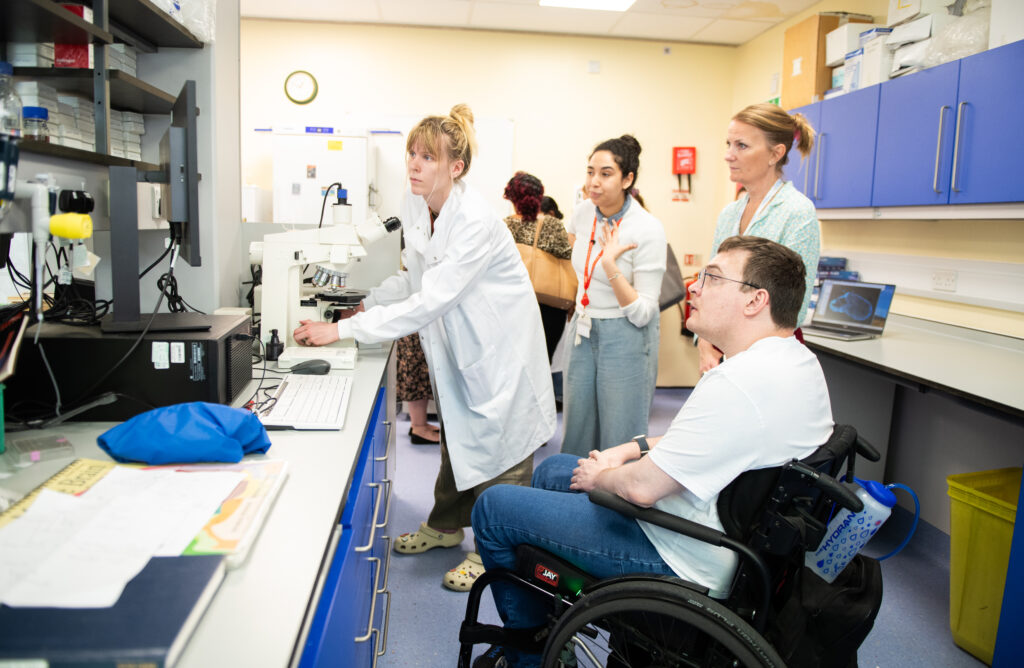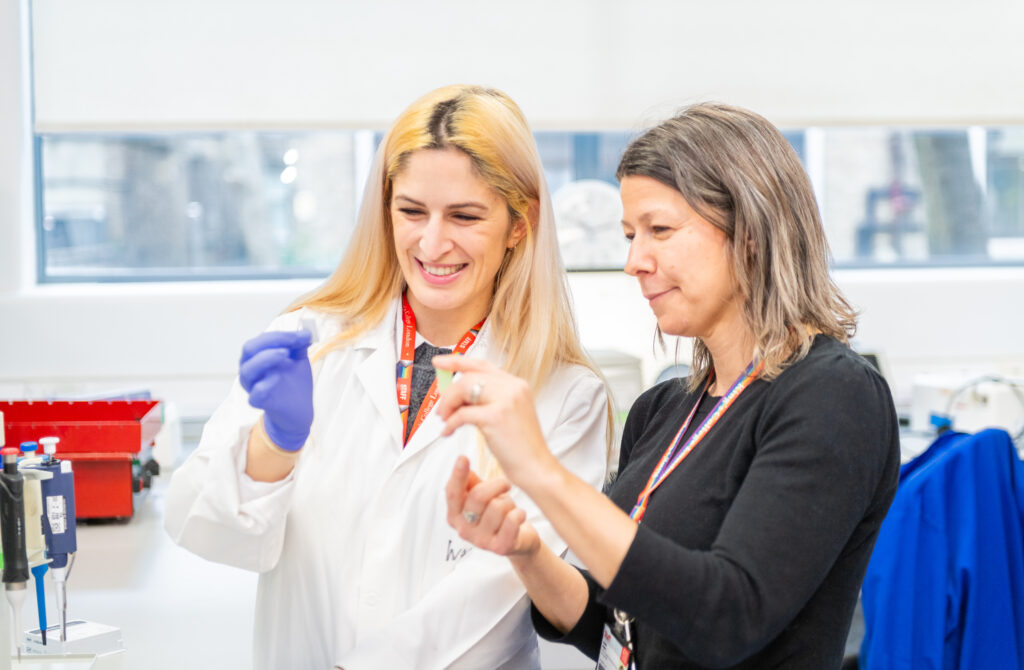The body’s super highway
The spinal cord enables communication between the brain and the rest of the body. It contains nerve cells, called neurons, and bundles of nerve fibres, or axons, that carry signals to and from the brain. All the information needed to initiate and control movement travels down the spinal cord from the brain to the muscles of the body.
Signals from every part of the body also pass up the spinal cord carrying sensory information (such as touch, pressure and heat) to the areas of the brain that deal with these sensations and our responses to them.
Unfortunately, any damage to the spinal cord can disrupt these communications, impairing critical “functions” we take for granted. How and where this damage takes place to the spinal cord will determine which functions will be affected, and how an individual’s life will change.
The spine can be thought of as dividing to four main sections. Click on the hotspots below to find out more.

Cervical spine
Imagine losing the use of your arms or being unable to swallow or breathe independently. Damage in this area can affect movement and sensation from the neck down.
Thoracic spine
Injury in this area can impact your ability to sit upright, dress independently or use a knife and fork at the table. These effects are addition to the function in the lumbar sacral regions.
Lumbar spine
Suffering an injury to this area may prevent you standing, running and walking meaning that you may have to use a wheelchair to move independently.
Sacral spine
An injury at this level will impair bladder bowel and sexual functions, hugely affecting your normal independence and dignity. These are the hidden challenges of SCI.
Causes of traumatic spinal cord injury
The majority of spinal cord injuries are due to preventable causes such as falls, road traffic accidents or sports injury.
Males are most at risk in young adulthood (20-29 years) and older age (70+). Females are most at risk in adolescence (15-19) and older age (60+). Studies report male-to-female ratios of at least 2:1 among adults.
Spinal cord injury is associated with a risk of developing secondary conditions that can be debilitating and even life-threatening—e.g. deep vein thrombosis, urinary tract infections, muscle spasms, osteoporosis, pressure ulcers, chronic pain, and respiratory complications.
Our Mission
At Spinal Research we focus our funding on delivering research which will make a difference to our community.
Our most recently funded projects include clinical studies for the restoration of hand and arm function, improvements to help with bladder and bowel control and the reduction of debilitating nerve pain.
Improvements in any of these functions will have a huge impact on the everyday independence, spontaneity and quality of life for people living with paralysis.
A number of our research projects are in clinical pilots with human beings.
Initial results are promising, so there is genuine hope and excitement that functional change and improvement are possible.
You may also be interested in

Understanding the injury
There are two key stages in the body’s response to a traumatic injury to the spinal cord.

Impact of Injury
Spinal cord injuries are life changing physically, emotionally and psychologically.

Our research
Our research is helping develop life changing treatments for paralysis.
